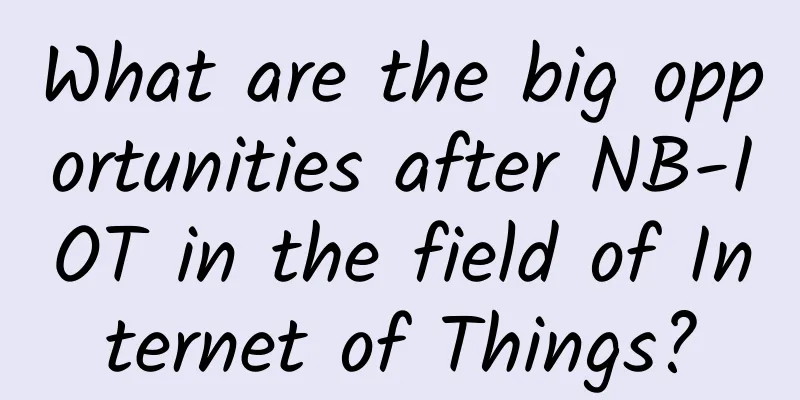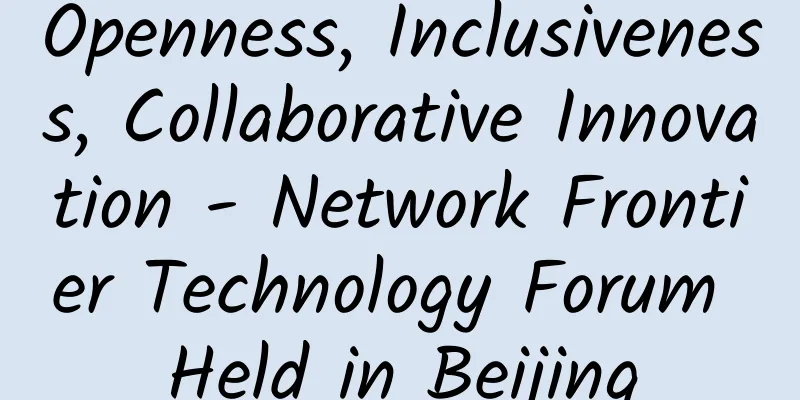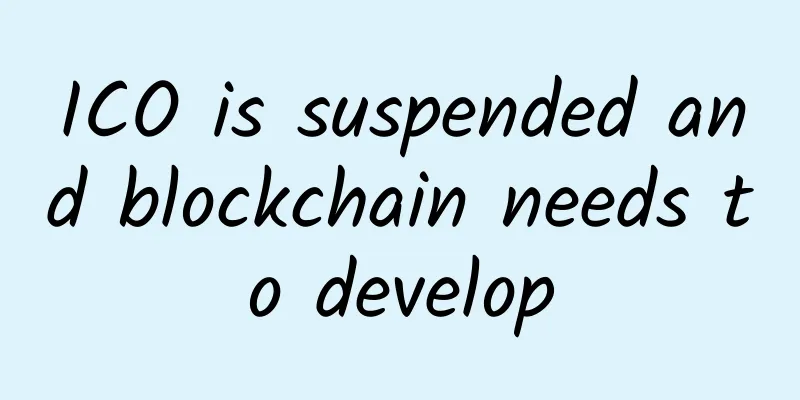What are the big opportunities after NB-IOT in the field of Internet of Things?

|
With the freezing of the R3 core standard of NB-IOT in 2016, a wave of IoT enthusiasm has been ushered in. This round of NB-IOT has lasted for more than a year and will soon enter the next stage. After NB-IOT, which technologies in the field of IoT will have great opportunities? Of course, the Internet of Things platform and edge computing are definitely opportunities for the future. Anyone with a little common sense will know that these two are opportunities for the future, so I won’t talk about them here! Search by NB-IOT characteristics Let’s take a look at the five characteristics of NB-IOT:
Grasp the two important features of NB-IOT: low power consumption and low cost. The communication mode of future devices requires low power consumption and low cost. Low power consumption and low cost will be the main features of the future Internet of Things. Look at the development bottleneck of the Internet of Things Looking at the development of the Internet of Things from a timeline:
NB-IOT solves the connection problem of low-power, low-cost devices, but how to solve the perception problem of low-power, low-cost devices? Grasping three key words: low power consumption, low cost, and perception, I believe MEMS will be the next explosive IoT technology. What is MEMS Microelectromechanical system (MEMS) technology is a high-tech technology with characteristic scales spanning the two tiny fields of micrometer and nanometer. It is a key core technology for the informatization of weapon equipment, including: MEMS electrostatic motor, silicon micro transmission mechanism, MEMS smart dust, silicon micro gyroscope, and chip atomic clock. As technology has developed, it has followed Moore's Law over the past 20 years: when the price remains unchanged, the number of components that can be accommodated on an integrated circuit will double approximately every 18-24 months, and the performance will also double. With the development of the IC industry, will Moore's Law become invalid? But beyond Moore's Law, there will be three development directions:
The difference between MEMS and IC is that MEMS has a movable structure and uses micro-nano technology to simultaneously process the mechanical structure and circuit system. MEMS Features MEMS features:
There is no need to talk too much about the other features: low cost, low power consumption and high integration. These three features are worthy of attention. After NB-IOT communication is perfected, it will inevitably stimulate the demand for low-power, low-cost, and small-sized sensors. MEMS technology has been developed for many years and is widely available. Now there are many MEMS sensors on mobile phones. The popularity of the Internet of Things will inevitably stimulate the demand for MEMS sensors. |
<<: How much does data center downtime cost?
>>: How to Evaluate DCIM Tools for the Modern Data Center
Recommend
Sharktech: 1Gbps unlimited traffic high-defense server starting at $79/month, 10Gbps unlimited traffic starting at $329/month, data centers in Los Angeles/Denver/Netherlands
Sharktech continues to offer 10Gbps port server s...
How to ensure the secure integration of IT and OT
In today's rapidly developing industrial envi...
Traefik Enterprise Practice: TraefikService
Introduction The routing rules of traefik can imp...
Yecao Cloud year-end promotion: Hong Kong cloud server CN2+BGP line starts from 138 yuan/year, Hong Kong independent server starts from 299 yuan/month
Yecao Cloud has prepared some year-end and New Ye...
OlinkCloud: 20% off all VPS starting at $4/month, 40% off dedicated servers, pure AS9929 lines in Germany/San Jose, USA
Olink.Cloud is a site under DiaHosting, mainly pr...
Looking at 5G from a different perspective: Don’t talk about technology, talk about demand
[[280015]] 4G changes life, 5G changes society. W...
10 best practices to make your first IoT project a success
A recent Cisco study found that 75% of IoT projec...
[6.18] DediPath: $30/month-E3-1240v2, 16GB memory, 2TB hard disk, 1Gbps unlimited traffic/Los Angeles data center
DediPath launched a Father's Day Sale. Becaus...
5 blockchain trends for 2018
Few new technologies have generated as much discu...
Under the new IT operation and maintenance model, full-stack traceability helps you solve application performance monitoring problems
[51CTO.com original article] In 2016, Gartner cha...
Maxthon Hosting: VPS in Hong Kong Cera Data Center starts at 40 yuan per month, and Hong Kong CN2 line starts at 60 yuan per month
Maxthon Hosting has long provided 20% discount co...
Local area communication technology is moving towards wide area communication technology, accelerating the arrival of the era of whole-house intelligence
[[399909]] Smart home has a long history. In the ...
Maxthon Hosting: Hong Kong CN2/CN2 High Defense/Korea CN2/Germany/Netherlands CU2VIP/Los Angeles CN2 GIA monthly payment starting from 54 yuan
It has been a long time since I shared informatio...
Sharktech: 50% off on Los Angeles high-security VPS, 2GB RAM/30GB SSD/4TB bandwidth starting at $6.57 per month
Sharktech Shark Data Center VPS 50% discount code...
LAN vs. WLAN: Connecting the Wired and Wireless Worlds
Local Area Networks (LANs) and Wireless Local Are...









